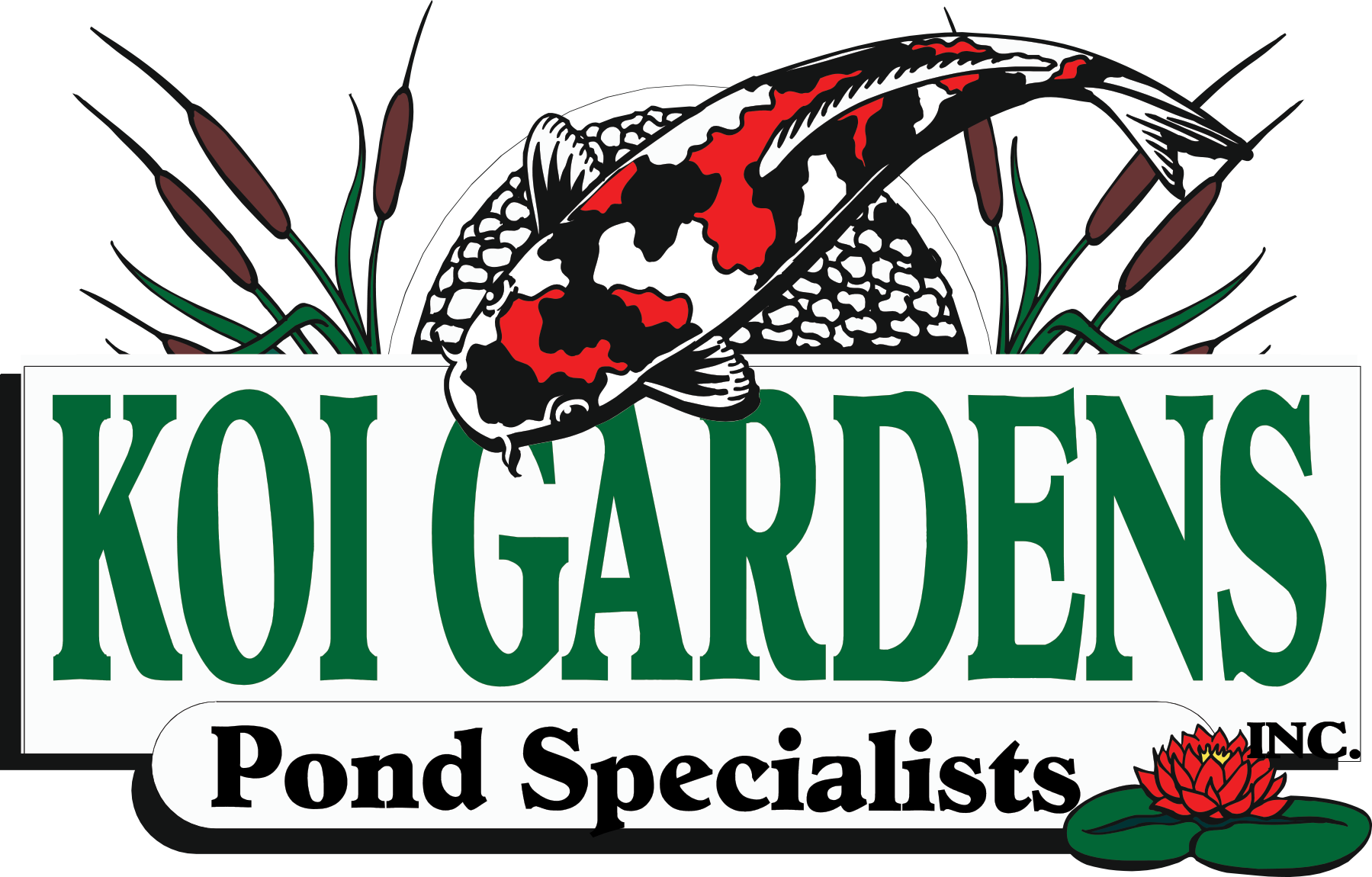Koi Information
Keeping Koi

Koi are cold-water fish, so it’s advisable to have a meter or more of depth in areas of the world that become warm during the summer. In areas that get harsh winters, it is a good idea to have a pond that is a minimum of 1.5 meters (4 1/2 feet) deep so that it won’t freeze solid. It is also a good idea to keep a space open with a pond heater or aerator.
Koi’s bright colors put them at a severe disadvantage against predators; a Kohaku looks like a visual dinner bell against the dark green of a pond. Herons, kingfishers, raccoons, cats, foxes, and badgers are all capable of emptying a pond of their fish. A well-designed outdoor pond will have areas too deep for herons to stand in, overhangs high enough above the water that mammals can’t reach in, and shade trees overhead to block the view of aerial passersby. It may prove necessary to string nets or wires above the surface.
The pond should include a pump and filtration system to keep the water clear.


They can even be trained to take the food from one’s hand. In the winter their digestive system slows nearly to a halt, and they eat very little, perhaps no more than nibbles of algae from the bottom, and their appetite won’t come back until the water warms up in the spring.
If kept properly, Koi can live about 30-35 years. Some have been purportedly known to live up to 200 years.

